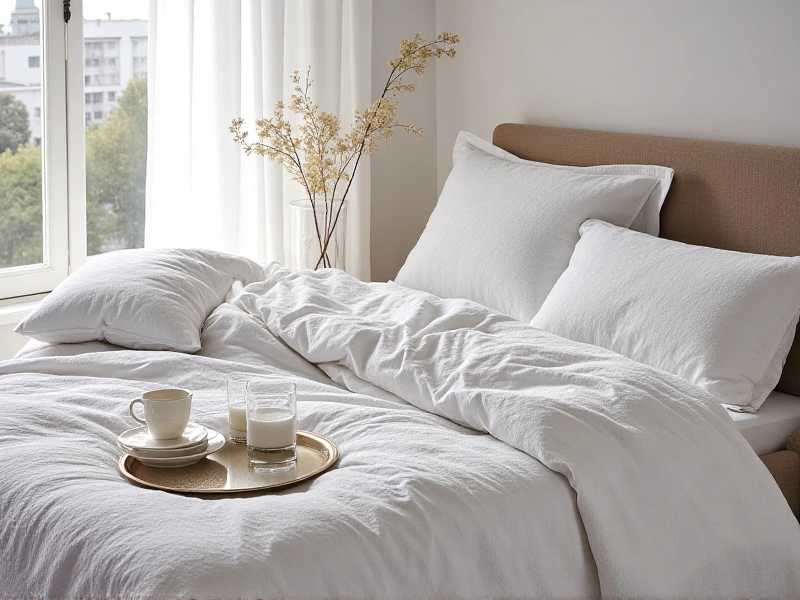Discover the World of Textiles: A Deep Dive into Fibers, Fabrics, and Future Trends
2025-06-10

Textiles are the unsung heroes of our daily lives, weaving through everything from the clothes we wear to the materials in our homes, cars, and even medical devices. As the backbone of numerous industries, textiles have evolved from simple handmade creations to sophisticated innovations that drive modern economies. In this article, we'll explore the rich history, diverse types, and exciting applications of textiles today. Understanding these elements not only highlights their importance but also underscores why staying informed about textile trends can benefit businesses and consumers alike.
Starting with the basics, textiles refer to flexible materials made from fibers, typically woven or knitted into fabrics. The history of textiles dates back thousands of years, with evidence of early cotton and wool use in ancient Egypt around 5000 BCE. As civilizations advanced from the loom to industrial weaving machines during the Industrial Revolution, textile production exploded globally. Today, innovations in spinning and dyeing continue to refine processes, making textiles more durable and versatile. This journey from handcrafted art to mass production forms the foundation for today's multi-billion-dollar textile industry.
When it comes to types of textiles, they fall broadly into two categories: natural and synthetic. Natural textiles include fibers like cotton, known for breathability; wool, prized for insulation; and silk, cherished for its luxurious feel. These materials derive from plants or animals and often highlight sustainable qualities, such as biodegradability. On the other hand, synthetic textiles stem from petroleum products and include polyester for durability, nylon for strength, and spandex for flexibility. Blends of natural and synthetic fibers are increasingly popular, combining the best of both worlds – imagine cotton-polyester mixes in everyday apparel that resist wrinkles while staying comfortable. Each type offers unique properties, making textiles adaptable to diverse needs in fashion, furnishings, and beyond.
Moving to modern applications, textiles extend far beyond fashion into high-tech and eco-conscious realms. In apparel, textiles dominate with advancements like moisture-wicking activewear for sports enthusiasts and fire-resistant fabrics for industrial workwear. But they also shine in other sectors – think automotive textiles for lighter, safer car interiors, or geotextiles that prevent soil erosion in construction. Healthcare sees smart textiles embedded with sensors for monitoring vital signs, while sustainable home textiles reduce environmental footprints with options made from recycled plastics. Such innovations highlight how the textile industry constantly adapts, embracing digital printing and AI in manufacturing to meet rising demand for functional and eco-friendly materials. As these trends grow, staying updated on textile developments can unlock opportunities for efficiency and innovation in various fields.
Sustainability is now at the forefront of the textile conversation, reshaping how industries approach production. With growing awareness of environmental impacts, brands are shifting toward circular economy models – recycling old fabrics into new products and reducing water usage in dyeing processes. Natural fibers like organic cotton and hemp are gaining ground, while plant-based synthetics offer viable alternatives to petroleum-based materials. Consumer demand for ethically sourced textiles encourages transparency, helping combat issues like fast fashion waste. Looking ahead, emerging technologies like 3D printing on fabrics promise even greener solutions, ensuring textiles play a key role in building a sustainable future.
In summary, textiles are much more than mere fabrics; they represent a dynamic force driving progress across countless sectors. By understanding their history, types, and modern applications, individuals and businesses can harness textiles for innovation, efficiency, and environmental stewardship. As the industry evolves, keeping an eye on trends like sustainability and tech integration will be crucial for anyone invested in this vibrant world. Whether you're a designer, engineer, or everyday consumer, engaging with textiles opens doors to smarter choices and a brighter tomorrow.
Category: